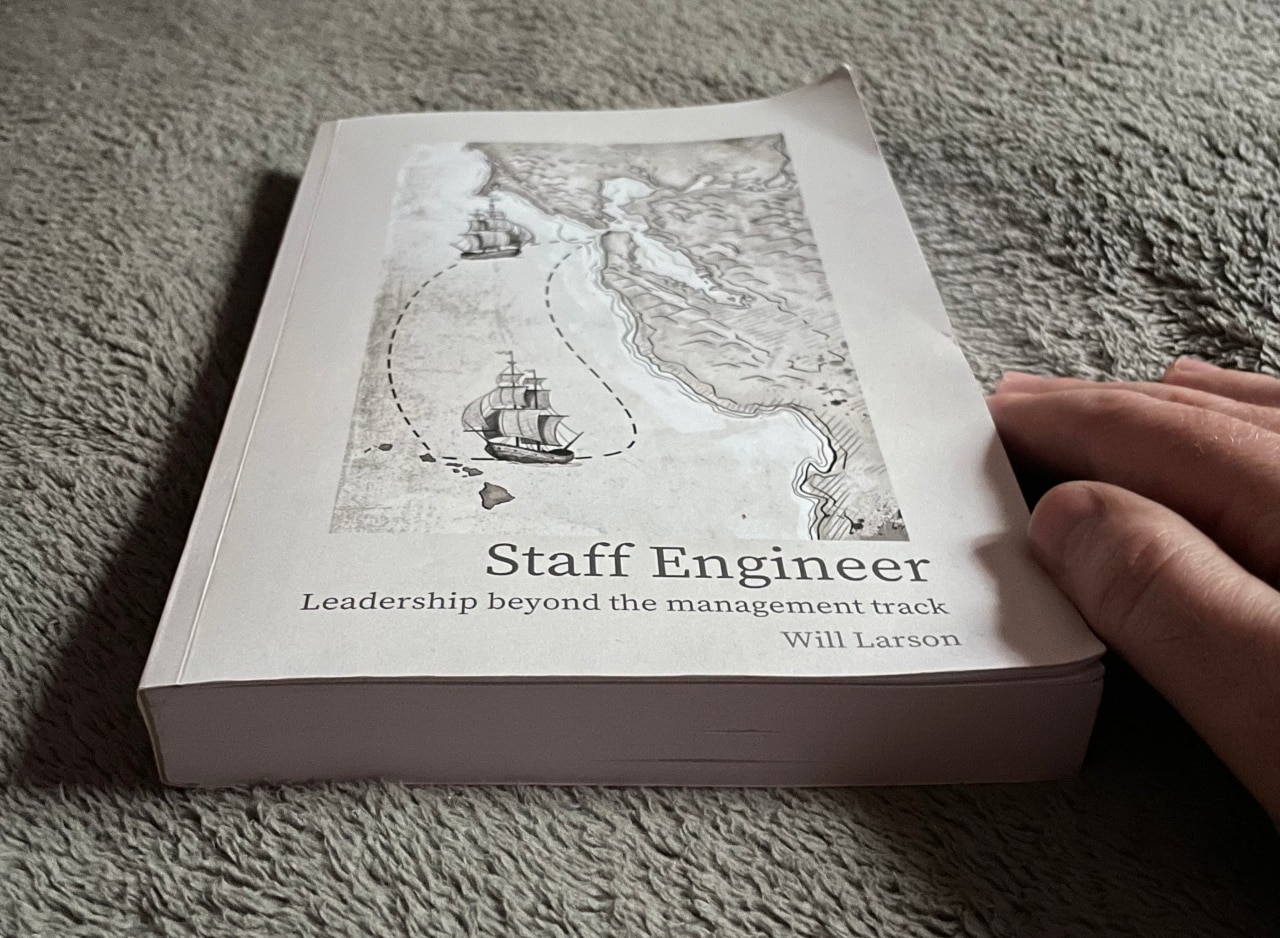

The four common archetypes of Staff-plus engineer roles are: the Tech Lead, the Architect, the Solver, and the Right Hand. The book's sections are: 1) overview of the Staff engineer role, how it varies by company, and why the title matters 2) operating at Staff 3) getting the title where you are and 4) switching companies to get the title. Insights from Chapter 4 Insights from Chapter 1 Staff Engineer is your guide to building your career towards a Staff engineering role, receiving the title, and succeeding within the role. What if you want to advance your career without becoming an engineering manager? The technical leadership path remains relatively undocumented, hard to navigate, and inconsistent across companies. The engineering management career isn't an easy one, but there are maps available to help navigate it. Over the past few years, we've seen a flurry of books unlocking the engineering management career path, like Camille Fournier's The Manager's Path, Julie Zhuo's The Making of a Manager, Lara Hogan's Resilient Management, and even my own An Elegant Puzzle. This is also when many engineers are first given an opportunity to move into engineering management. At the career level, your company's career ladder won't require that you work towards the next promotion being promoted further is an exception rather than expected.


Original book introduction: At most technology companies, you'll reach Senior software engineer, the career level for software engineers, in five to eight years. Please note: This is a summary & not the original book. Get the Summary of Will Larson's Staff Engineer in 20 minutes.


 0 kommentar(er)
0 kommentar(er)
